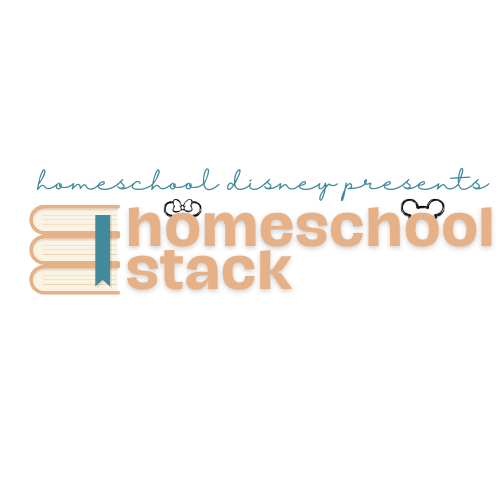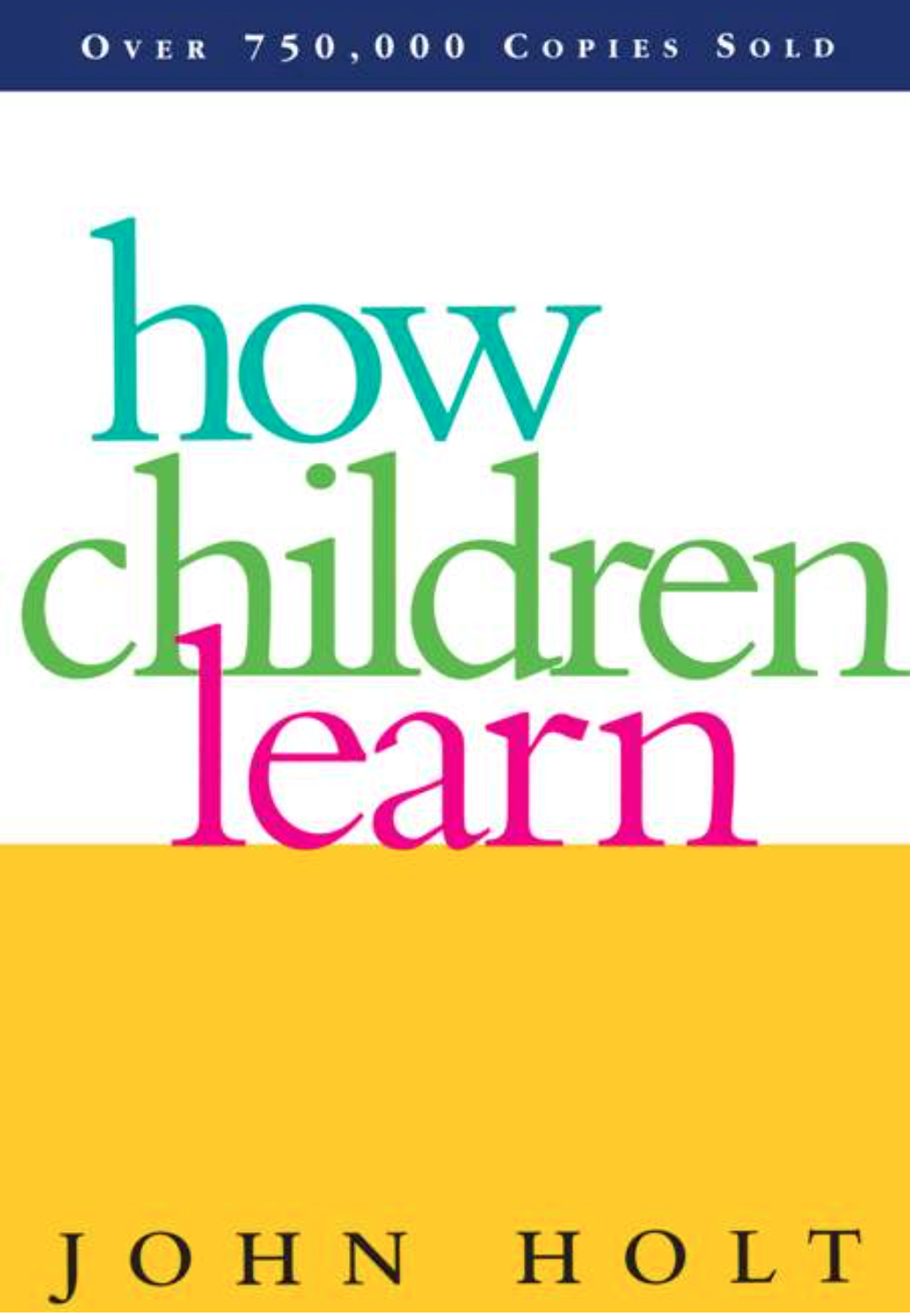John Holt, Homeschooling, and Healing My Inner Student
Book Two of the Homeschool Stack Blog Series is taking it WAY BACK…
Before reading John Holt’s book, How Children Learn, I did a little research on who exactly John Holt was because I immediately associated the last name of Holt with textbook creators from my high school years. As it turns out, rather refreshingly, this Holt is of no relation to the textbook creators (and thank goodness… remember those days when textbooks would go through 12 editions of the same book just to keep making money on the same audience? No wonder I have trust issues). I digress…
So, John Holt. John Holt was an American educator and author who became one of the most influential voices in the modern homeschooling movement. Born in 1923 and originally working within traditional schools, Holt grew increasingly disillusioned with the education system throughout the 1950s and 60s. He believed that schools stifled natural curiosity and creativity in children. I’m sensing a pattern with the elimination of creativity and curiosity.
His breakthrough came with two books:
How Children Fail (1964)
How Children Learn (1967)
In these books, Holt used his classroom observations to argue that children are naturally curious and capable of learning when they are not pressured or overly controlled. He challenged the idea that learning must follow a strict curriculum or be directed by adults at all times.
Holt later became an advocate for homeschooling. He coined the term "unschooling" to describe a learning approach led by the child's interests rather than a prescribed curriculum. His later work focused more on giving parents the confidence and tools to educate their children outside traditional systems. He founded the magazine Growing Without Schooling in 1977, which became a hub for the early homeschooling community.
He was very much a critic of standardized, test-driven schooling and would have disagreed with a lot of what commercial textbooks represent in modern education.
How Children Learn is an early (1960s) deep dive into how children absorb information naturally and how the structured environment of traditional schools often disrupts this process. Holt's core argument is that children are inherently curious and capable of learning, but the standard school system, with its rigid structure and focus on testing, can stifle this natural process. Instead, he advocates for an environment that allows children to explore, ask questions, and learn at their own pace. I cannot imagine how revolutionary his thinking and observations were back then because much of what he shares is what we would consider common knowledge about learning now, and yet we still follow the same format!
Key Themes of How Children Learn:
Children as Active Learners: Holt emphasizes that learning is an active process where children interact with their environment, ask questions, and experiment. He suggests that children learn best when they are curious and motivated, not when forced to memorize or follow rigid lesson plans.
The Importance of Emotional Connections: Holt argues that children’s emotional states play a huge role in their learning. When they feel safe, supported, and understood, they are more likely to engage in the learning process. Fear and anxiety can create barriers to true learning.
Learning Through Mistakes: Mistakes, in Holt’s view, are not to be feared but embraced. Children learn through trial and error, and the more they are allowed to fail and try again, the deeper their understanding becomes.
Individual Learning Styles: Holt advocates for recognizing and respecting the individual learning styles and paces of children. He observed that every child is different, and learning must accommodate these differences rather than forcing all students into the same mold.
Connecting How Children Learn to Homeschooling:
Holt’s principles align closely with the philosophy of homeschooling, especially the idea of providing a learner-centered, flexible environment. Here's how homeschooling connects to his ideas:
Personalized Learning: Homeschooling allows for a more personalized, individualized approach. You can tailor lessons to your child's interests, pace, and learning style, which is what Holt stresses as vital for optimal learning.
Encouraging Curiosity: Homeschooling gives you the freedom to follow your child's interests and explore subjects in-depth, which Holt argues is the best way for children to learn. Rather than forcing a rigid curriculum, homeschooling can allow children to dive deeply into topics that fascinate them, which Holt believes fuels motivation.
Learning Without Fear: Traditional schools can create an environment of anxiety and competition. In contrast, homeschooling offers a safe space where children can learn without the pressure of traditional tests and grades. This aligns with Holt’s view that emotional safety is crucial for effective learning.
Freedom to Make Mistakes: Holt’s emphasis on learning through mistakes is easily integrated into homeschooling, where the focus can be on the learning process rather than just the outcome. Homeschooling provides an environment where students can freely experiment and learn without the fear of failure.
How I Connected with How Children Learn:
Reading How Children Learn felt like a quiet validation of the way I’ve chosen to homeschool my child. As I turned each page (okay, okay, I didn’t turn pages… I clicked), I saw reflections of our day-to-day life: the curiosity-led learning, the freedom to make mistakes without shame, the way my daughter lingers over topics that catch her interest. Holt’s observations reminded me that learning isn’t a race or a checklist. Learning is a relationship between the child and the world, and my role is to protect and nourish that connection. It reassured me that what we’re doing (even when it’s messy or nontraditional) is not only enough, but deeply meaningful.
At the same time, I felt a pang of longing. Holt’s vision of joyful, self-directed learning made me realize just how much of that I missed growing up. I was a "good student," but I was also anxious, cautious, and always trying to get things "right." Grades were everything. Grades got you into college. Grades got you jobs.
Part of homeschooling, for me, is about giving my child the kind of learning environment I wish I had. It’s one filled with trust, creativity, and room to breathe. It’s also about breaking a cycle: of perfectionism, pressure, and equating worth with performance. In that way, How Children Learn was more than just a book for me… it was a reminder that in choosing this path, I’m healing something in myself, too.
Other Blog Posts You May Enjoy:
Liberty Square History and a Free Printable
Raising Critical Thinkers Book Review







